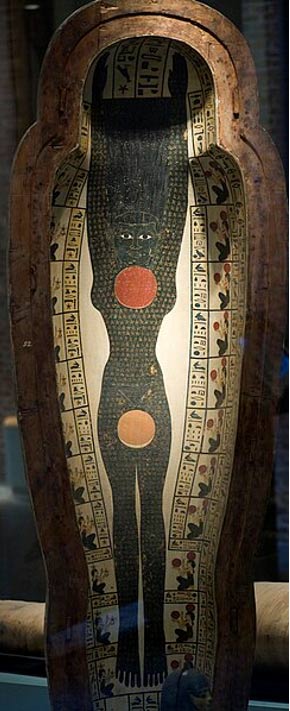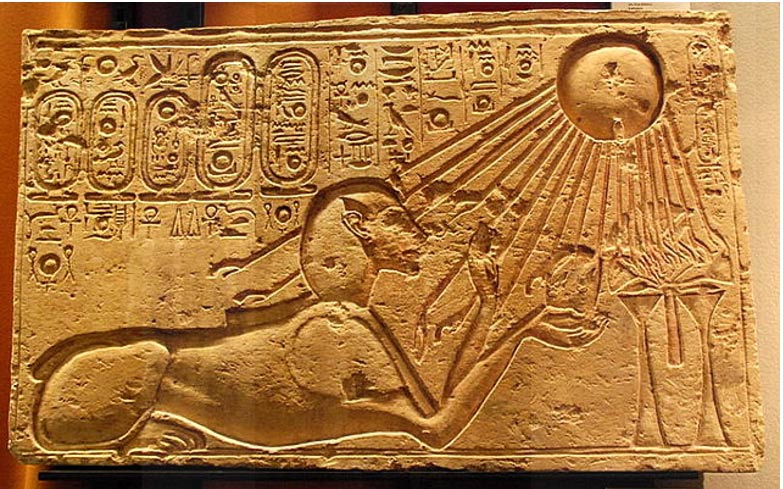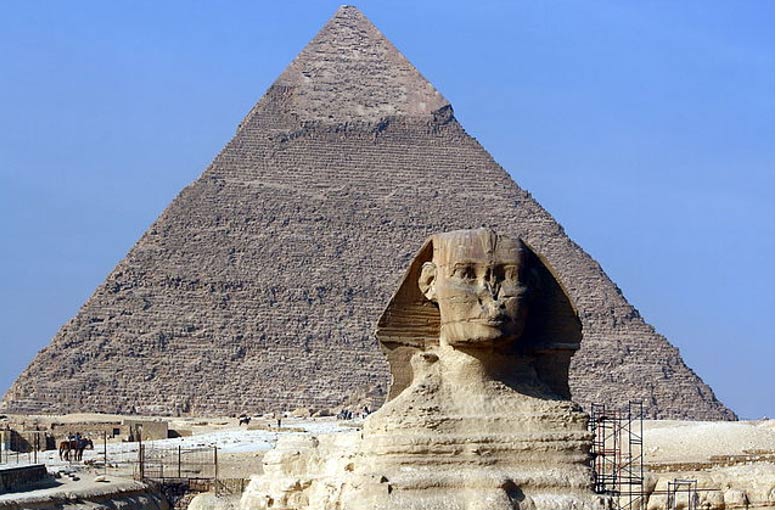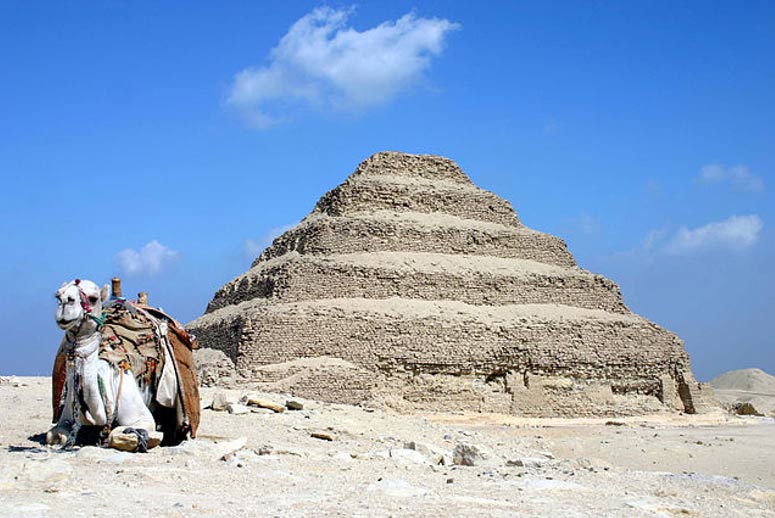The Indestructibles and the Ancient Egyptian Journey to the Afterlife

The Indestructible Stars
The Indestructibles, known in ancient Egypt as “k.hmw-sk” or “the ones not knowing destruction,” referred to two bright circumpolar stars that ancient Egyptian astronomers observed circling the North Pole around 4,500 years ago. These stars, now known to be Kochab (Beta Ursae Minoris) and Mizar (Zeta Ursae Majoris) never seemed to set and were seen to rotate around the pole star, which was Thuban (Alpha Draconis) at the time.
Since they never sank below the horizon, the Egyptians decided these stars symbolized both eternity and constancy, key themes in Egyptian cosmology. It was agreed that the unmovable area in which the stars encircled must be where the afterlife was located. Egyptologist Toby Wilkinson described them as a perfect metaphor for the afterlife, as their perpetual presence in the sky represented the undying nature of the soul. For the Egyptians, these stars were not just celestial objects but divine markers of the eternal realm, offering a celestial blueprint for immortality.
- Role and Power of Women in Ancient Egypt
- Boötes Void: What Is This Patch Of Space With Few Stars?

How Did They Tie into the Egyptian Afterlife?
Ancient Egyptian views on the afterlife were pretty elitist. Their teachings surrounding it revolve around the Pharaoh, and during the Old Kingdom, it was believed only the royal family could go to heaven. The Egyptians believed that upon death, the Pharaoh’s soul left his body and would ascend to the northern sky, joining the ranks of these undying stars.
This journey into the stars was believed to be a transformation, as the deceased Pharaoh would become a divine, eternal being. The Pyramid Texts, some of the oldest religious texts ever found, feature detailed descriptions of this transformation, and frequently mention the Pharaoh’s journey to the Indestructibles.
This belief is rooted in Egyptian cosmology. The Egyptian sun god, Ra, was said to have been born from Nut, the sky goddess. Nut was often depicted as spanning the night sky, reinforcing the connection between the stars and the divine. The unending visibility of the Indestructibles made them a fitting destination for the Pharaoh’s soul, signifying an eternal afterlife.
 Why did the common people care what happened to the Pharaoh’s soul? Well, the royals were seen as an intermediary between the gods and humanity. A Pharaoh’s successful journey to the Indestructibles and the afterlife ensured not just his immortality but more importantly, the continued cosmic order ,and in turn, prosperity for those he once ruled over. This belief is why proper burial practices and pyramid construction were so important. They were seen as essential in facilitating the pharaoh’s ascension to the eternal stars.
Why did the common people care what happened to the Pharaoh’s soul? Well, the royals were seen as an intermediary between the gods and humanity. A Pharaoh’s successful journey to the Indestructibles and the afterlife ensured not just his immortality but more importantly, the continued cosmic order ,and in turn, prosperity for those he once ruled over. This belief is why proper burial practices and pyramid construction were so important. They were seen as essential in facilitating the pharaoh’s ascension to the eternal stars.
Pyramid Archaeology, Architecture, and the Afterlife
The belief in the Indestructibles significantly influenced the design and alignment of the pyramids, especially during the Old Kingdom. These massive tombs weren’t just status symbols for the Pharaohs (although, of course, that was a factor). They were intricately designed and constructed as gateways to the afterlife, designed to make the Pharaoh’s journey to the northern stars as easy as possible.
Alignment and Orientation
All of the entrances to the Fourth Dynasty Pyramids at Giza (the Great Pyramid, the Pyramid of Khafre, and the Pyramid of Menkaure) are on their northern faces. The corridors coming down from these entrances were all designed to ensure the visibility of the circumpolar stars and the pole star. This shared alignment was no coincidence. It was meant to ensure that the soul of the deceased would directly ascend to the Indestructibles.

Essentially, the entrance was designed to be an exit for the Pharaoh’s soul, and it was important he didn’t have to take the long way around when ascending. This also explains the positioning of the pyramids, which were arranged so that they didn’t block each other’s views of the Indestructibles.
Serdab and the Ka Statue of Djoser
Further evidence of the importance of the Indestructibles in Egyptian burial practices is found in the pyramid complex of Djoser at Saqqara. The ka statue of Pharaoh Djoser, located in a serdab (a sealed chamber), was oriented to observe the circumpolar stars. This chamber was tilted at 17 degrees, ensuring that the statue’s gaze was fixed on the Indestructibles. This design ensured that Djoser’s spirit, or ka, could maintain a connection with the eternal stars, aiding his journey to the afterlife. The tomb’s builders were literally pointing him in the right direction.

Conclusion
The Indestructibles were central to the ancient Egyptian understanding of the afterlife. In modern religion, the understanding of the afterlife is more abstract. For example, the generalization that heaven is “up,” and hell is “down.” In contrast, the Egyptians believed that by finding the Indestructibles in the night sky, they were looking at the location of the afterlife itself.
These circumpolar stars were closely linked to the design and construction of the pyramids, which served as both tombs and the first step to the eternal afterlife. The careful alignment of these structures, along with the detailed references in the Pyramid Texts, highlights the Egyptians’ profound connection to the stars and their belief in the Pharaoh’s eternal journey. Through these architectural and textual legacies, we gain a deeper understanding of how the ancient Egyptians envisioned and facilitated the transition to the afterlife among the Indestructibles.
